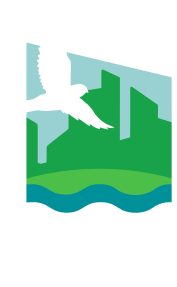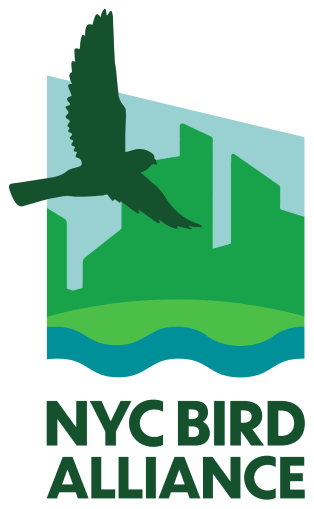The New York Botanical Garden
The rich habitat and fresh water of The New York Botanical Garden attracts a great variety of birds year round. Photo: JR.P./CC BY-NC 2.0
The New York Botanical Garden (NYBG) is a renowned horticultural institution, incorporated by New York State legislature over 100 years ago. Spanning 250 acres in the central Bronx, it comprises diverse gardens and arboreta, a 40-acre, largely virgin forest, and a natural section of the Bronx River that feeds a waterfall, lakes, and wetlands.
The Enid A. Haupt Conservatory, a landmarked Victorian greenhouse, and the Garden’s main building are devoted to education and research. The varied habitats and natural freshwater of NYBG make it a birding paradise. Within its 250 acres of meadow, forest, rivers, streams, and ponds, birds of many different species can be observed: according to local birders, 229 species have been observed here.
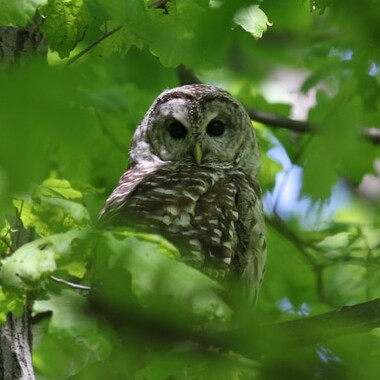
Barred Owls visit NYBG during migration and in the wintertime. Photo: Debbie Becker

Black-throated Green Warblers are common spring and fall migrants at NYBG. Photo: Debbie Becker
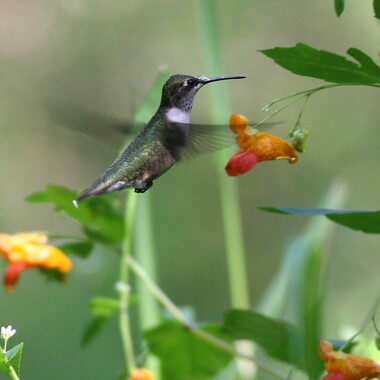
Fall-migrating hummingbird fuels up on the nectar of native Jewelweed. Photo: Will Stuart/National Audubon
Birding Highlights by the Season
(no star = birding is not very productive, ✸ = somewhat productive, ✸✸ = productive, ✸✸✸ = very productive)
Spring Migration ✸✸✸
Warblers, tanagers, grosbeaks, orioles, and other songbirds
Summer ✸✸
Nesting Wood Duck, Green Heron, Red-tailed Hawk, Ruby-throated Hummingbird, Great-crested Flycatcher, Eastern Wood-Pewee, Baltimore Oriole, Yellow Warbler
Fall Migration ✸✸✸
Raptors, Ruby-throated Hummingbird, warblers and other songbirds, sparrows
Winter ✸✸
Owls, woodpeckers, Rusty Blackbird, mixed songbird feeding flocks
Year-Round Highlights
Resident Wood Ducks, Red-tailed Hawks
Warblers, tanagers, grosbeaks, orioles, and other songbirds
Summer ✸✸
Nesting Wood Duck, Green Heron, Red-tailed Hawk, Ruby-throated Hummingbird, Great-crested Flycatcher, Eastern Wood-Pewee, Baltimore Oriole, Yellow Warbler
Fall Migration ✸✸✸
Raptors, Ruby-throated Hummingbird, warblers and other songbirds, sparrows
Winter ✸✸
Owls, woodpeckers, Rusty Blackbird, mixed songbird feeding flocks
Year-Round Highlights
Resident Wood Ducks, Red-tailed Hawks
Get Oriented
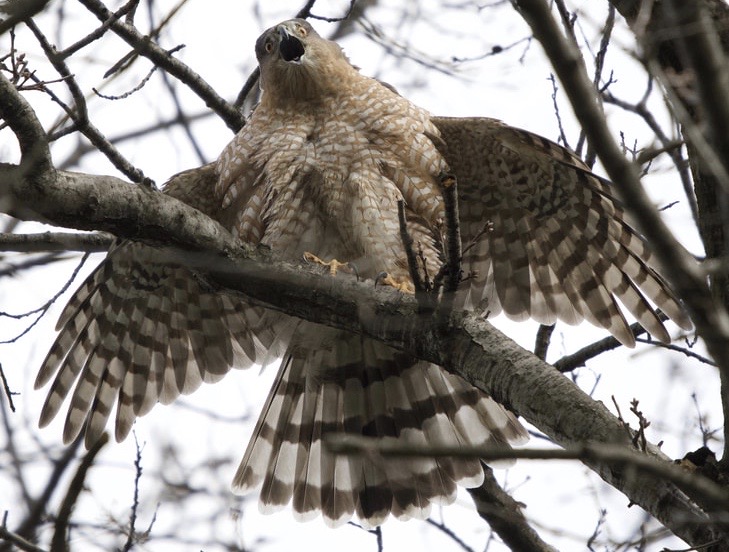 "}" data-trix-content-type="undefined" class="attachment attachment--content">
"}" data-trix-content-type="undefined" class="attachment attachment--content">Due to its diverse natural habitat and many native plant species, The New York Botanical Garden attracts many songbird migrants in both spring and fall. Early spring harbingers include Eastern Phoebe and Red-winged Blackbird, which nest in the area, followed by a great diversity of migrant songbirds. Two dozen warbler species might be seen here on a big day, along with tanagers, grosbeaks, vireos, cuckoos, and more. Nesting species include Green Heron, Common Raven, Cedar Waxwing, Yellow Warbler, and Ruby-throated Hummingbird, which also pass through in late summer to feed on the nectar of native Jewelweed.
In the fall, the Garden is again a popular stopover for migrant songbirds as they head south along the Atlantic Flyway. And don’t forget to look to the skies for migrating raptors: Bald Eagles, Osprey, Merlins, Sharp-shinned and Cooper’s Hawks, Peregrine Falcons, and Turkey Vultures may soar right over the garden. Kettles of Broad-winged Hawks can be seen from the garden’s Daffodil Hill during the month of September. Winter visitors include Black-capped Chickadee, Tufted Titmouse, and occasional winter finches. The Garden is a particular haven for migrating and wintering owls: Barn, Barred, Northern Saw-whet, and Long-eared Owls have been spotted in the Rock Garden and throughout the grounds.
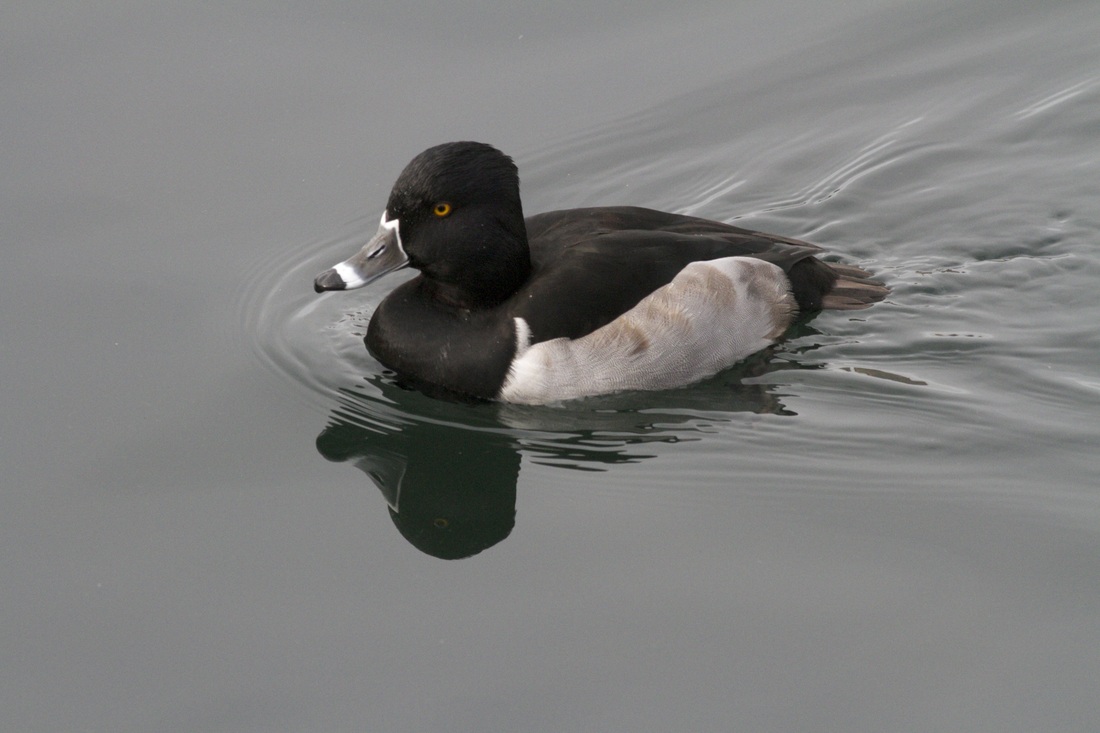 "}" data-trix-content-type="undefined" class="attachment attachment--content">
"}" data-trix-content-type="undefined" class="attachment attachment--content">Enter the Garden at either the Mosholu Gate (pedestrians only) or the Conservatory Gate (Main Entrance). Twin Lakes is perhaps the best area for birding at the Garden because it borders multiple habitats: woodland area, forest, and marsh. Egrets, herons, and a good variety of ducks, including resident Wood Ducks, can be easily spotted. A wide trail (Mill Road) runs north-south through the forest and can be accessed from several points. A suggested entry point is at the north side of the Rock Garden.
When you reach the trail, walk straight through the forest, birding as you go, and pause at the Waterfall Overlook, which provides vistas of the gorge and Bronx River below. Continue south and cross the river via Hester Bridge to access the river trail, which leads to the waterfall. (Trams shuttle visitors around the grounds, but you must have the "All-Garden Pass" to take advantage of these.)
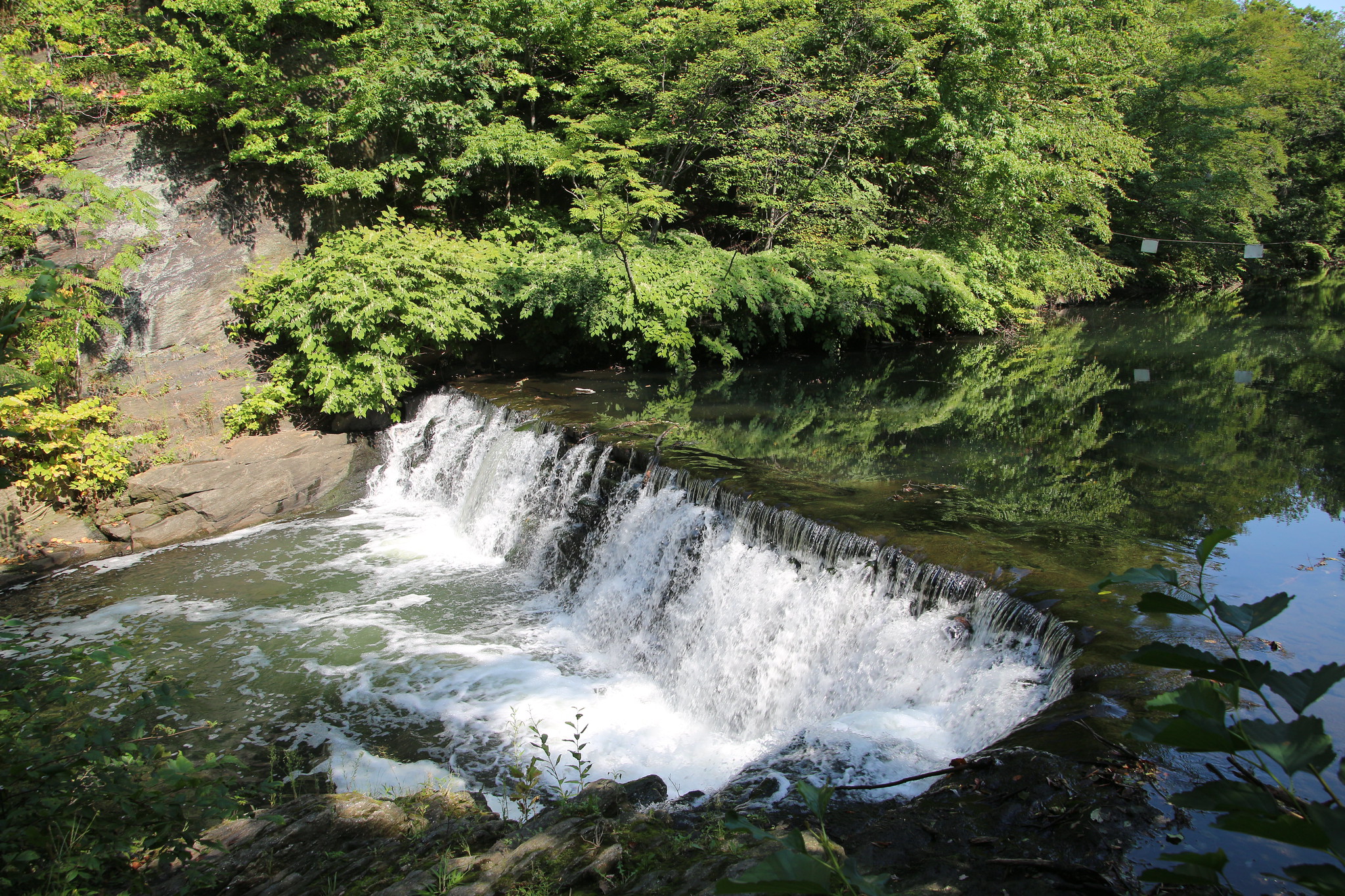 "}" data-trix-content-type="undefined" class="attachment attachment--content">
"}" data-trix-content-type="undefined" class="attachment attachment--content">When to Go
To see birding highlights by the season at The New York Botanical Garden, see the top of this page.
To learn about bird migration times and get other timing tips, see the When to Bird in NYC guide on our Birding 101 page.
For NYGB operating hours, see the “Directions and Visiting Info” section, below.
eBird
View eBird hotspot records for The New York Botanical Garden to explore recent bird sightings, species bar charts, and more.
Personal Safety
If you wish, you can bird alone since NYBG has a large and efficient security staff, and a security fence encloses the entire property. Dog ticks are found in the forest. Watch out for the few areas of poison ivy.
Guided Bird Walks
NYBG offers free guided bird walks led by naturalist Debbie Becker September-June, and “The Wings of Summer” walks during July and August. All walks meet on Saturdays at 11am at the Reflecting Pool. Stop at the information booth to pick up a free birding check list before you meet the tour. Visit our Local Trips page for information on upcoming walks led by NYC Bird Alliance.
Directions and Visiting Info
Visit the NYGB website for excellent directions and admission information. Maps are available at the Information Booths and you can access an online interactive map of the Garden.) Gifts, including a great array of botanical and horticultural books, can be bought at the Plant Shop and lunches at the seasonal cafes, Garden Café, and Leon Levy Visitor Center Café.
Other Resources
The famous Bronx Zoo (founded in 1895 as the New York Zoological Society, now the Wildlife Conservation Society) is located just to the south, across Fordham Road. Together, the Zoo and the Garden make up what is known as Bronx Park.
Acknowledgments
Thanks to those who provided local birding expertise for this page: Debbie Becker (2020, 2012); Carl Jaslowitz (2001).
